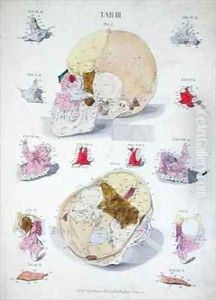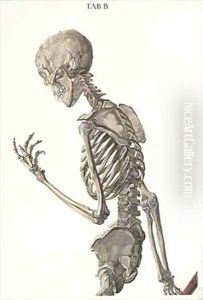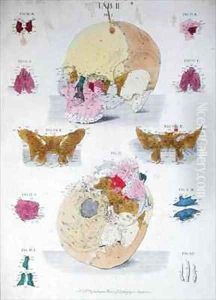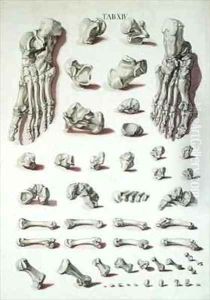Eisenberger, Nikolaus Friedrich Paintings
Nikolaus Friedrich Eisenberger was a German painter and draftsman born in 1707 in the city of Gotha, present-day Germany. His early life and training are not well-documented, but he is known to have been active during the 18th century, a period that saw the transition from the Baroque to the Rococo styles in European art.
Eisenberger's work is characterized by its delicate execution and often included religious subjects, portraits, and mythological scenes. He was influenced by the works of French and Italian masters, as well as by his German contemporaries. Throughout his career, Eisenberger developed a style that blended the grandeur and drama of the Baroque with the lighter, more playful qualities of the Rococo.
While not as widely known as some of his contemporaries, Eisenberger was a respected artist in his time. He worked for various patrons and contributed to the artistic landscape of the period through his paintings and engravings. His works can be found in several European art collections, including those of museums in Germany.
Eisenberger passed away in 1771, leaving behind a body of work that reflects the artistic transitions of his era. His contributions to German art of the 18th century continue to be recognized by art historians and enthusiasts, and his works are studied for their representation of the stylistic shifts and cultural influences of the time.



